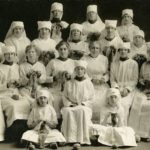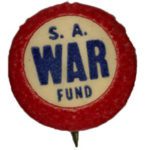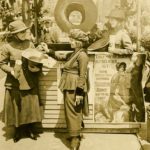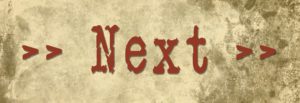
War Relief Work
National Commander Evangeline Booth borrowed $125,000 to fund the War Service work and charged The Salvation Army USA with raising additional money. Fund drives were held across the country. Some enlisted the aid of community organizations, postal workers and other wartime aid organizations. These drives raised the millions needed.
Salvation Army corps (local churches) not only raised funds, but also directly contributed to the needs of combat troops. Corps groups rolled bandages and knit mittens, hats, sweaters, and scarves for troops overseas. These supplies were then shipped to Europe and distributed to soldiers and hospitals by the Red Cross.
Want to try your hand at knitting your bit? The patterns in the Priscilla War Work Book (linked here) were approved by the Red Cross for production and distribution to World War I soldiers.
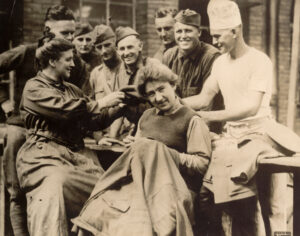
After the war, the American public viewed The Salvation Army War Service workers as celebrities. The Home Service Fund was created to replenish the Army’s depleted treasury and fund its social service programs. Participation from the Doughnut Girls helped the newly created fund to achieve its annual fundraising goals. Today, Doughnut Girls remain popular figures in Salvation Army fundraising.

